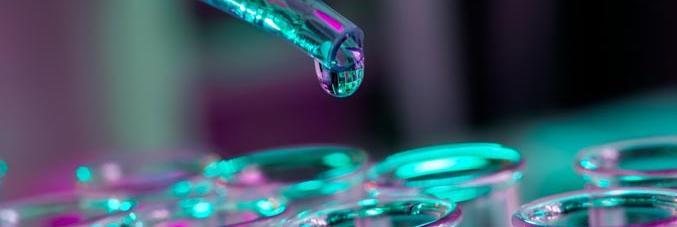
Capsules that "capture" pollutants
10.01.2025
An international team of researchers, led by the Universities of Padua and Hong Kong, has discovered an innovative material with characteristics similar to biological protein capsules, which could revolutionise the purification of air and water. The study, titled "Dynamic supramolecular snub cubes", published in the journal "Nature", was coordinated by Sir James Fraser Stoddart, Nobel laureate in chemistry in 2016, who passed away on 30 December 2024.
The international research involving the Universities of Padua and Hong Kong was supported by American universities (Duke, Northwestern, South Florida, California Institute of Technology) and Chinese universities (Tianjin, Anhui, Zhejiang).
Natural biological capsules, which store and transport essential substances, have been successfully replicated in the laboratory in the form of artificial supramolecular polyhedra. These new materials can capture and release pollutants in a controlled manner, using light as a stimulus. This development paves the way for numerous applications, including the purification of air and water through the storage of hydrocarbons.
Luka Ðorđević, author of the research and professor at the Department of Chemical Sciences at the University of Padua, explained how the chirality of molecules, a property that allows mirror-image objects to recognise and self-assemble, was fundamental to the preparation of these synthetic capsules. «In our study, we observed how chiral molecules can recognise and self-assemble into synthetic capsules only a couple of nanometres in size. The size of the capsule determines what it can store: creating polyhedra from macroscopic objects is very easy, but producing them at nanoscopic sizes is extremely complicated». The study demonstrates that sizes of a couple of nanometres are sufficient to store hydrocarbons such as benzene and cyclohexane, pollutants of air and water.
The geometry of the new material, a snub cube, influences its properties and potential applications, making it a promising tool in the fight against pollution.



